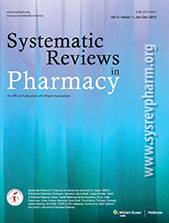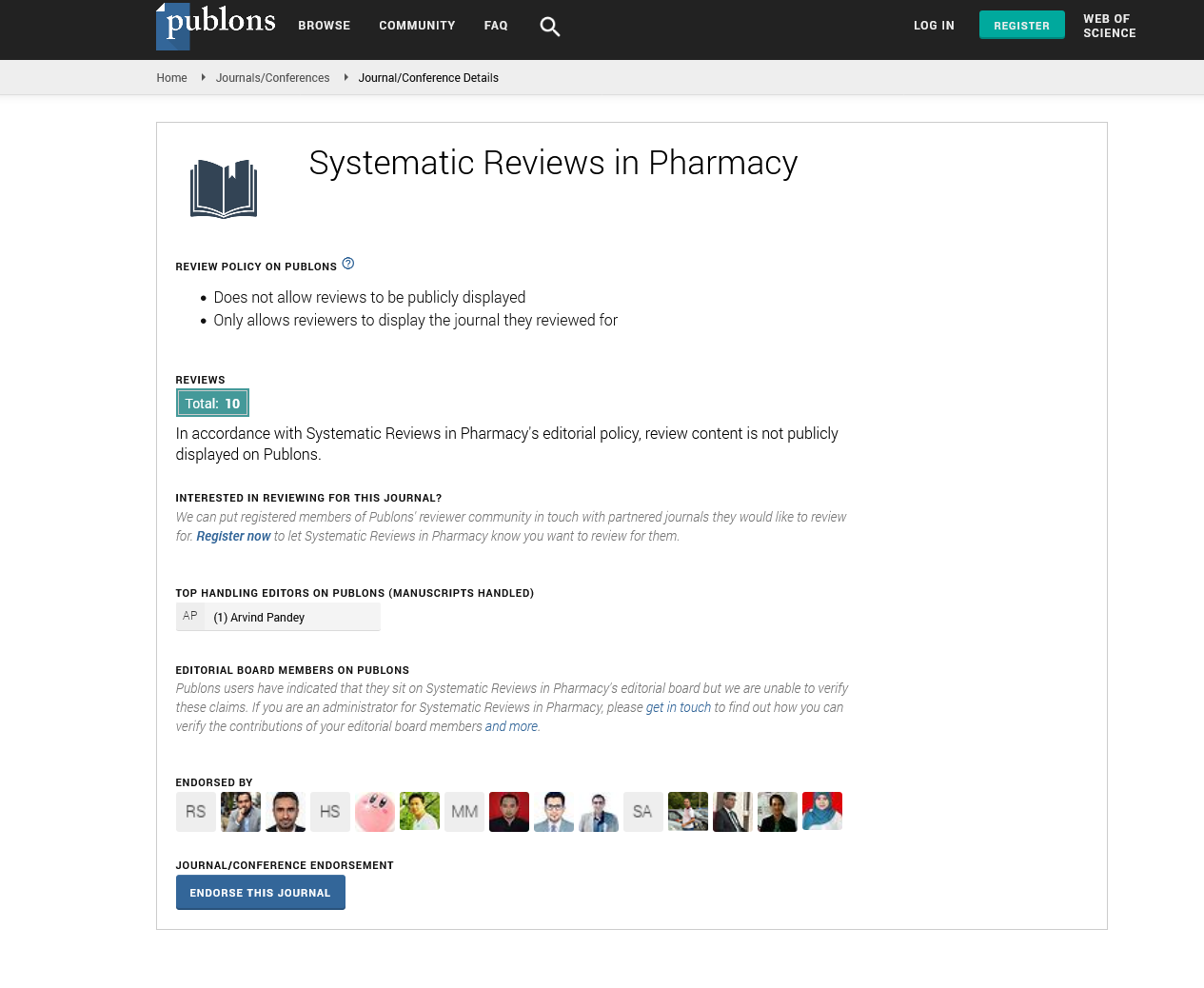Abstract
Onyeneke Eusebius Chukwu76762, Boluwade Oluwaropo76763*, Victor Omozuwa76764, Chibuike A. Onwe76765, Olowoyo Martins Omorogie76766 and Emmanuel Onwordi76767
Andrographis paniculata is a well-known herbaceous plant with numerous therapeutic properties. It has been utilized in traditional medicine to treat and manage various pathological conditions, including high blood pressure, diabetes, cancer, malaria and cough, across Asia, America and Africa. The therapeutic effects of Andrographis paniculata are attributed to the presence of several bioactive compounds within the plant.
This study aimed to investigate the antioxidant potentials of different extracts of Andrographis paniculata, specifically aqueous, carbonated drink and ethanolic extracts, using standard methods. The free radical scavenging potential of these extracts was assessed through 2,2-Diphenyl-1-Picrylhydrazyl (DPPH), Ferric Reducing Antioxidant Power (FRAP), Total Antioxidant Capacity (TAC) and hydroxyl free radical assays.
Comparative analysis of the data revealed that the IC50 values for the three extracts were as follows: The aqueous extract had DPPH-0.11 mg/mL, FRAP-0.62 mg/mL and TAC-0.40 mg/mL; the carbonated drink extract had DPPH-10.17 mg/mL, FRAP-0.68 mg/mL and TAC-0.41 mg/mL; while the ethanolic extract had DPPH-0.42 mg/mL, FRAP-0.69 mg/mL and TAC -0.35 mg/mL.
These values were lower than those of the standard (ascorbic acid), which had DPPH-0.71 mg/mL, FRAP- 0.83 mg/mL and TAC-0.65 mg/mL, except for the DPPH assay of the aqueous and carbonated drink extracts, where their IC50 values were higher than that of the standard.
The low IC50 values indicate that the plant extracts possess better antioxidant activity than the standard, suggesting that these extracts have significant antioxidant potential. Among the three extracts tested, the ethanolic extract demonstrated superior antioxidant potential compared to both the aqueous and carbonated drink extracts.






